- Kitchens
- Design Ideas
- Cities
- Trends
- Guides
- Price Calculators
- Our PortfolioNEW
- More
- Home
- Trends
- Furniture And Decor
- Paint And Color
- What Is Limewash Paint
Limewash Paint: Know About Everything How to Limewash Your Home
Lime washing, an age-old artistic expression employed for centuries to imbue walls with a textured patina, transcends functionality to elevate interior spaces with an air of timeless elegance. Dating back to Roman antiquity, Limewash boasts an impressive resume, gracing the walls of history, from quaint French cottages to sun-drenched Greek island homes. Limewash paint possesses the inherent versatility to infuse any space with a unique sense of character and instant old-world charm, effortlessly adapting to diverse architectural styles.
Table of Content
Unlike its more commonplace counterparts, lime washing demands a nuanced approach. It shuns the monotony of uniform coats and crisp edges, reveling in the light and shadow cast upon its uneven, suede-like surface. This inherent textural play, often interpreted as imperfection, is precisely what grants limewash paint its signature allure. While it's been a traditional technique for centuries, it's gaining traction in modern décor, with various beautifully colored options available today.
This unique method provides walls with an antique-plastered aesthetic, but there's no one-size-fits-all approach to using it. Unlike the predictable application and uniform results of conventional paint, limewash paint colours possess certain fluidity, demanding adaptability and flexibility from the artisan. Chances are, you have encountered this aesthetic on Pinterest or Instagram. Despite its growing presence, understanding how to apply lime paint can seem intimidating. To demystify this classic look, here are valuable insights to guide your venture into this distinctive paint alternative.
What is Limewash?
This unique finishing material originated from humble beginnings: crushed limestone thinned with water to a milky consistency, sometimes enhanced with natural pigments for a touch of color. Far from the smooth sheen of conventional paint, the limewash paint texture is velvety, suede-like, reminiscent of timeworn putty. Unlike smooth and flat paints, it offers a tactile experience with its almost chalky feel.

Limewash breathes life into stone and timber, lightening their surfaces while revealing their natural textures. Lime finish paint glides seamlessly onto brick, plaster, or even wood, leaving a soft, textured veil, retaining the inherent character of surfaces. Beyond its historical allure, lime washing resonates with contemporary sensibilities due to its environmental conscience. Free from harsh chemicals and synthetic additives, it aligns with the desire for sustainability. This eco-friendly characteristic further underscores its enduring appeal.
Unlike regular paints, lime paint skips the primer and sealant steps, saving time and reducing hassle. And the best part? Its VOC-free formula makes it gentler on you, your pets, and the planet. The natural textures and hues weave a welcoming ambiance. Interior designers suggest painting with lime wash may enhance sleep quality, a welcome benefit for any home. Its natural properties additionally neutralize odors in modular kitchens and enclosed spaces. For fans of natural design, limestone paint becomes a versatile tool for harmonious, holistic environments.
You may also like!
| Mint Green Colour Combination | Mint Green Colour Combination Ideas for Wall |
| Monochromatic Colour Scheme | Monochromatic Colour Scheme for Home Decor |
| Mustard Yellow Colour Combination | Mustard Yellow Colour Combinations for a Cosy Look |
| Neutral Paint Colors | Luxury Neutral Paint Colours and Shades for Home |
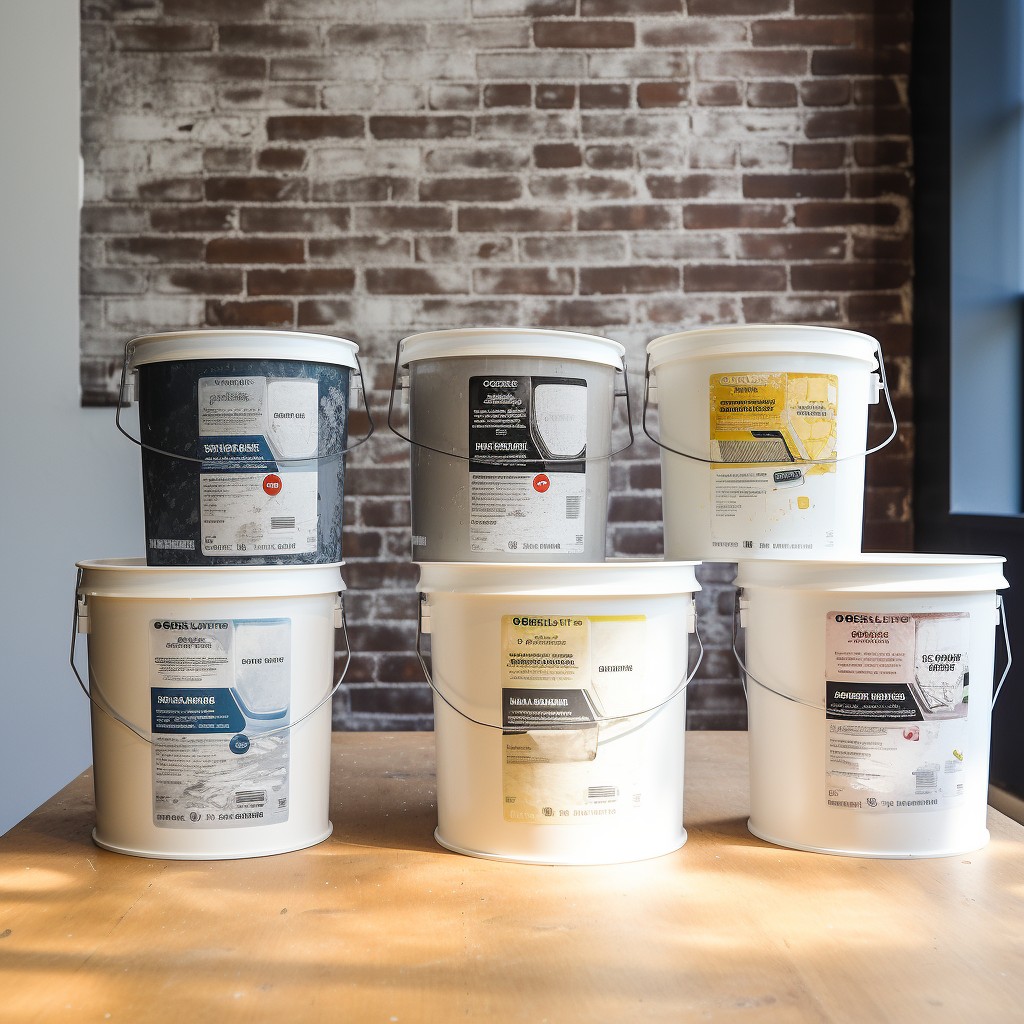
Exploring Color Choices for Lime Wash for Walls
While traditionally associated with whites and grays, lime paint offers a versatile palette beyond its signature natural aesthetic for contemporary sensibilities. It has evolved to embrace a spectrum of hues beyond earthy tones like ochres and terracotta. Soft whites, calming greys, serene blues, and tranquil greens are readily available, complementing diverse home styles.
Limewash for walls is not limited to muted tones. Advancements in pigment technology have broadened the palette of limewash paint colours, ensuring that even bolder selections retain a natural appearance.

For those desiring a truly bespoke experience, some brands offer the option of custom blended limewash wall paint. It allows adventurous individuals to venture beyond the standard palette and create unique color expressions that perfectly reflect their style and vision. Modern brands often offer chic whites and creams that hint at the material's unique texture without sacrificing contemporary style.
Limewash Paint ‘ Benefits, Drawbacks, and Everything in Between
Pros:
Natural and eco-friendly: Its composition, devoid of harsh chemicals and VOCs, promotes a healthier indoor environment for occupants.
Hypoallergenic
High pH discourages mold and bacteria growth, ideal for allergy sufferers.
Textured Finish
The unique textured finish of limewash wall paint creates a unique aesthetic, adding visual depth and character.
Durable
Can last for decades when properly cared for.
Minimal Maintenance
Limewash for walls does not require regular cleaning like traditional paints due to their self-cleaning properties

Cons:
Cleaning Limitations
Its delicate nature necessitates a gentle approach to care, as scrubbing or washing can potentially damage the finish.
Unpredictable Colors
Requires acceptance of subtle variations from the intended shade as colors tend to be less predictable than standard paints.
Application Complexity
The lime wall paint application demands a degree of skill and knowledge of specific techniques, as it differs from the process used for standard paints.
Touch-Up Challenges
Touch-ups can pose a challenge due to the difficulty of perfectly matching existing limewash paint colours.
Less Stain-Resistant
The reduced stain resistance of limewash wall paint compared to regular paint makes it more susceptible to permanent markings.
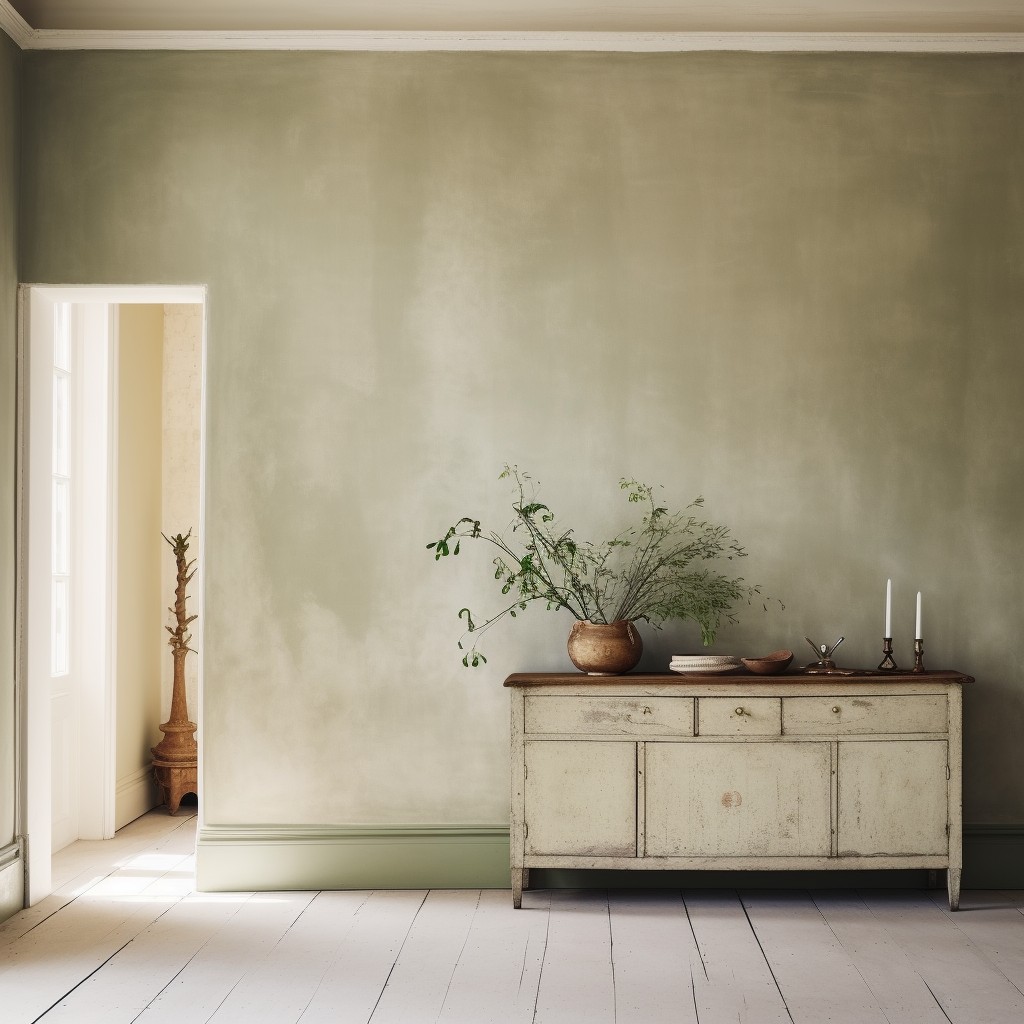
Awareness of its distinct application and maintenance needs and accepting the trade-offs involved is paramount to ensure a successful and satisfying outcome.
Step-by-Step Instructions for Creating Stunning Limewash for Walls
Brushes or rollers are ideal for extensive surfaces or areas requiring even coverage. These instruments facilitate the consistent adherence of pigment, minimizing the risk of uneven streaks or patchy applications. The beauty of limewash paint lies in its compatibility with underlying materials, allowing it to be directly applied to various wall surfaces, with the original texture subtly peeking through upon drying. Some homeowners may desire a more pronounced textural element.
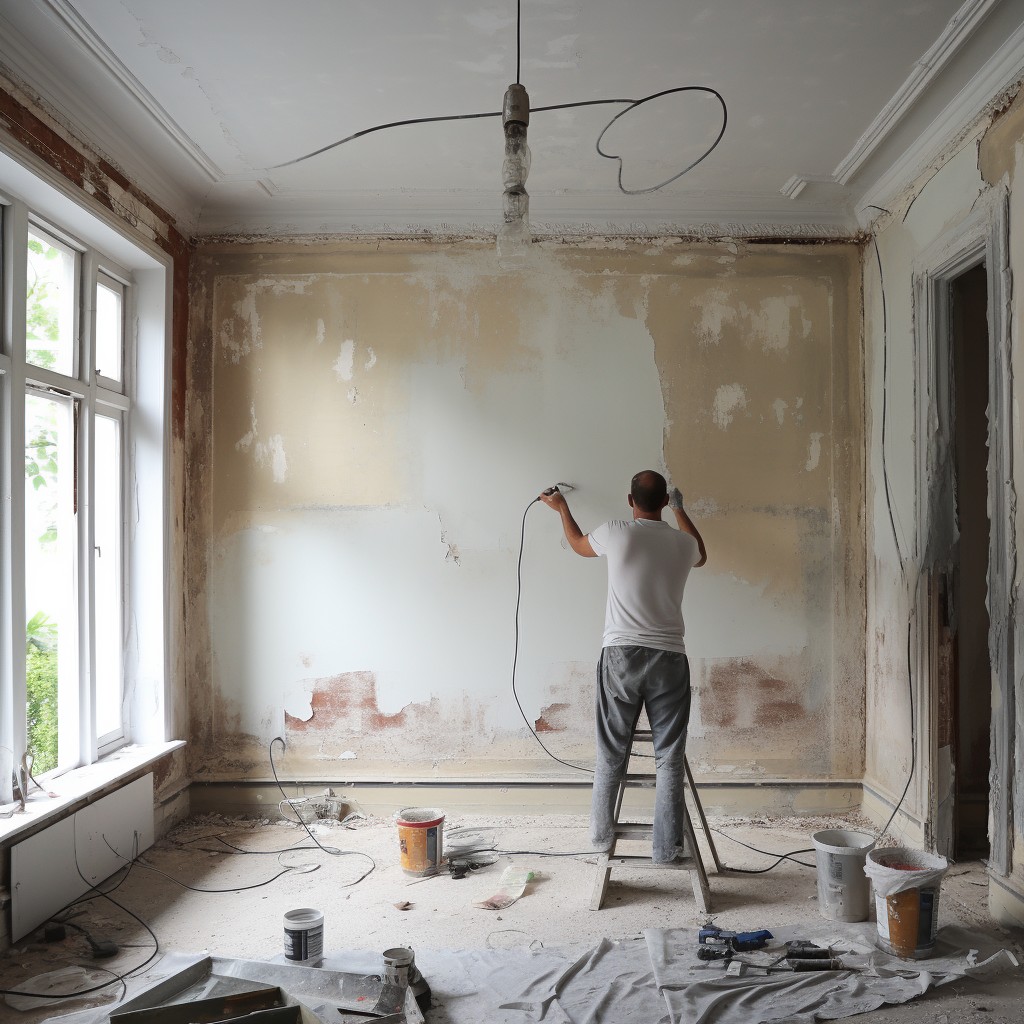
For such instances, a sponge enables precise application in smaller areas like corners and edges, where brush or roller strokes might fail. The sponge's adaptability minimizes overlapping lines or gaps between applications, leading to a more controlled and textured finish. Ensuring each layer dries completely before embarking on the next.
The application of lime wash for walls boils down to one key rule: work in thin layers, allowing each to dry entirely before adding the next. Overdoing it can lead to an undesirable powdery finish. One coat suffices for porous surfaces like a brick; follow these steps for interior lime washing.

Priming and sealing
While historically reserved for raw plaster, stucco, brick, and cement, innovative limewash paint formulations enable successful application over existing wall materials. Some brands include a specialized, highly porous primer designed to mimic the characteristics of drywall, offering an authentic limewash aesthetic on diverse surfaces. While priming before the limewash wall paint application allows greater control and predictability in the outcome, it is not strictly mandatory.
However, skipping the primer can lead to an uneven appearance due to the material's tendency to react differently depending on the underlying surface. Using a specialized primer is highly recommended for those seeking a consistent and controlled aesthetic. Ensure the intended surface is clean and dry before commencing application. To achieve optimal results, apply two or three thin layers of this primer via rolling, brushing, or spraying before applying lime wall paint. Furthermore, sealing is unnecessary due to limewash's inherent self-sealing properties upon drying.
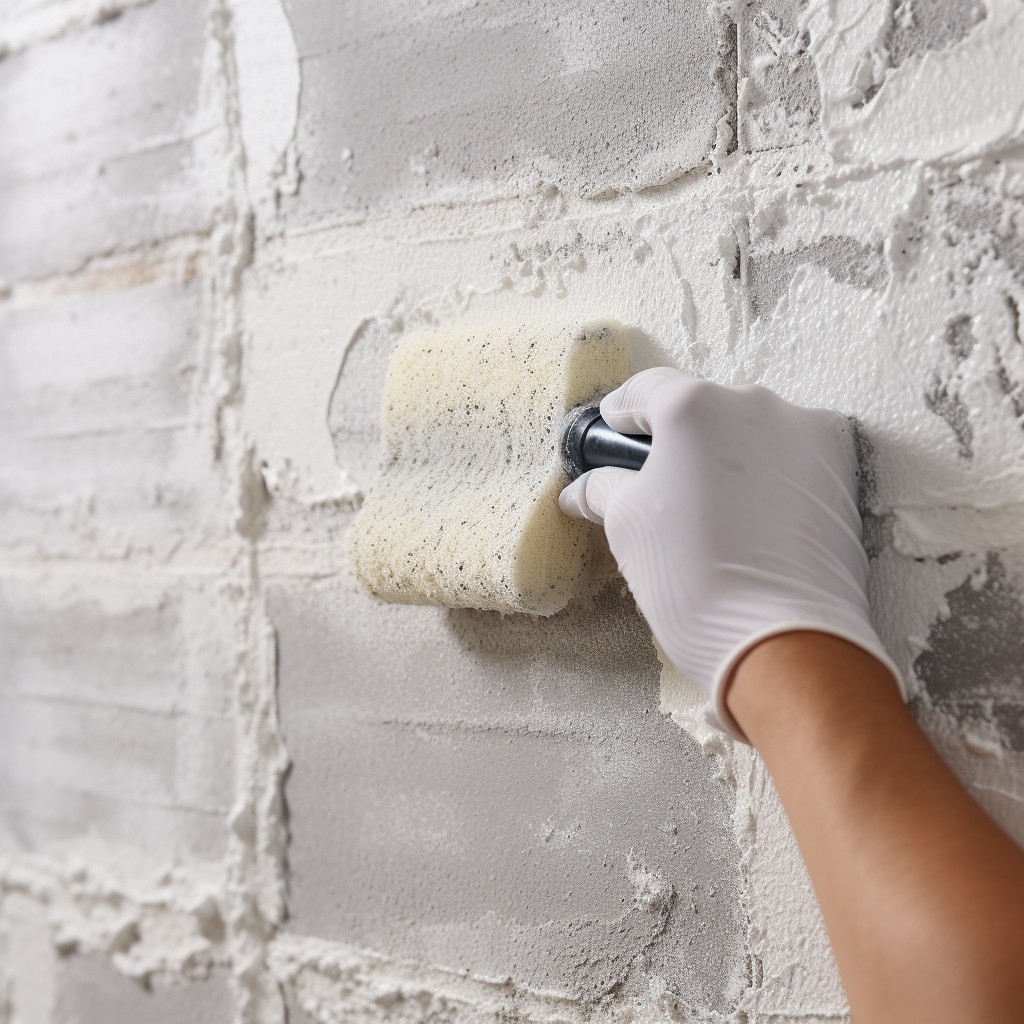
Application
Once the primer is thoroughly dry, proceed with the limewash paint application. Simply apply a single coat directly from the can. As it dries, the natural lime blooms through the finish, creating subtle variations in color and texture. For application, utilize a 5-inch box brush. Begin at the top corner of the wall and work downwards, meticulously cutting in edges as you progress.
Employ a crisscross X pattern to achieve a natural lime wash texture, avoiding excessive reworking of a single area. Caution must be exercised during application to avoid over-saturation, which can negatively impact the finish. Note that skipping the primer necessitates swatching in multiple areas beforehand. Limestone paint reacts differently to various existing finishes, such as sealed or unsealed stucco, stone, slate, or concrete. The final appearance can vary significantly.
Drying Time
The drying time of limewash paint is dynamic, influenced by humidity and the thickness of the application. Generally, expect a completion time of anywhere between one and 24 hours. Lime finish paint typically presents a subtle matte texture, offering inherent protection against dirt and dust accumulation. Further optional protection in the form of wax can be applied while preserving the desired rustic aesthetic. Resist the urge to panic at the initial darker wet appearance; the true, lighter color will emerge upon complete drying.
Desired Outcome
To achieve the desired depth and texture, repeat the application of lime wash for walls, employing the same crisscross X pattern for continuity.
Explore the Diverse Applications of Limewash
While lime finish paint offers a unique aesthetic for interior and exterior surfaces, material considerations are crucial. Indoors, it lends itself to accentuating architectural elements like moldings and doorframes. Its inherent porosity necessitates caution in moisture-laden spaces like bathrooms. While dehumidifiers can help, alternative paints might be a safer bet for these environments.
Outdoors and specialized formulations resist weather conditions better than standard lime paint. When tackling exterior projects like building facades, scrutinize product labels and choose the one that aligns with your needs. limewash whitewash offers an ideal solution if rustic charm with natural depth and texture is your vision. While requiring slightly thicker primer on smoother surfaces, its application remains accessible for DIY enthusiasts.
However, alternative options exist for those seeking a more subtly nuanced or contemporary finish. Roman clay is an ideal choice for a touch of refined elegance while retaining an old-world charm. Its remarkably soft yet durable texture, unlike any conventional wall surface, exudes a sophisticated yet rustic aura. Chalk paint provides another enticing option for those prioritizing ease of application and a characteristic matte finish. For those yearning for a raw, industrial aesthetic, applying a thin layer of Surecrete can mimic the rugged beauty of concrete.
You may also like!
| Cost of Painting a House | House Painting Rate Per Square Feet in India |
| Parrot Green Colour Combination | Parrot Green Colour Combinations for Home Walls |
| Pastel Color Palette Ideas | Best Pastel Colour Palette and Combination for Interiors |
| Peaceful Paint Color | Peaceful Wall Painting Colour for Modern Bedroom |
Wrapping Up
Lime washing might be making a comeback, but its natural charm has always been timeless. The slightly uneven, delightfully textured limewash paints find harmony between the past and present, honoring the inherent beauty of aged walls while seamlessly incorporating them into contemporary spaces.
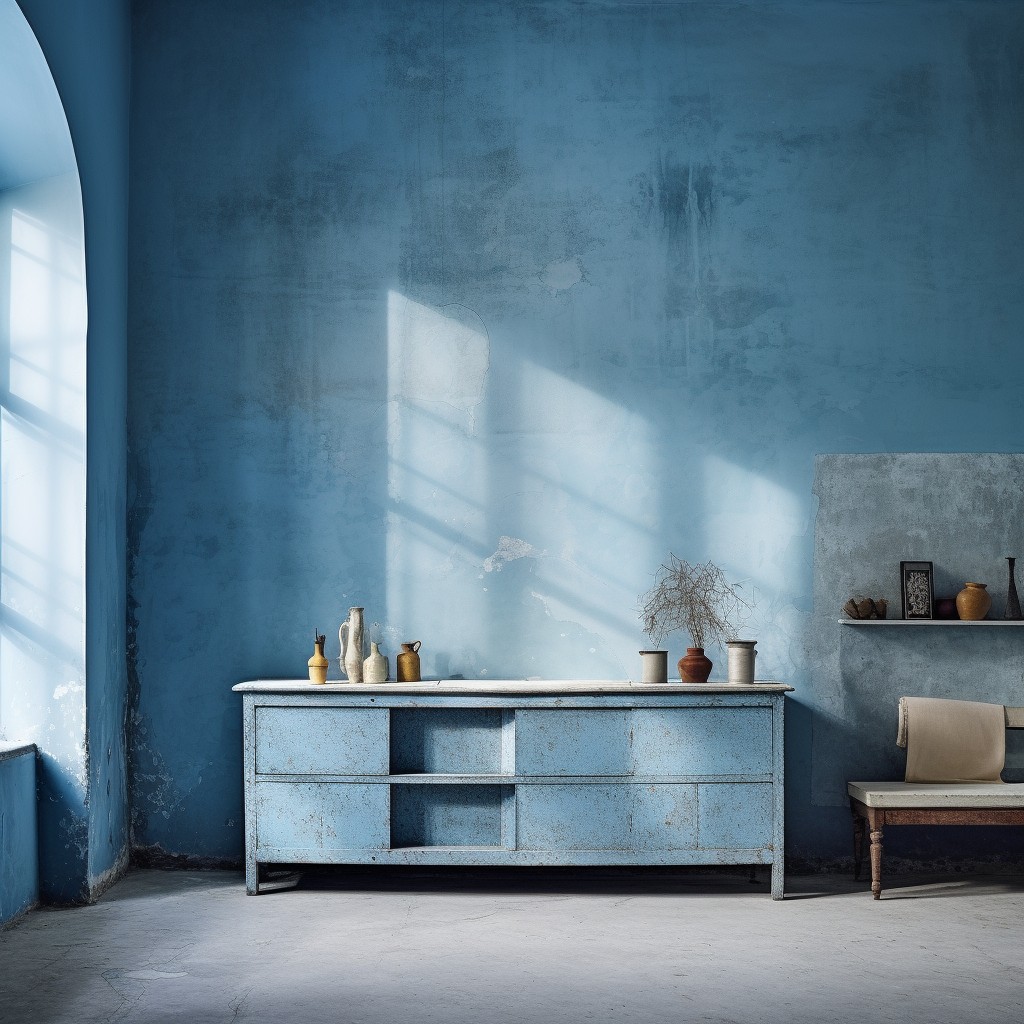
Before you jump headfirst into lime washing, consider the factors presented in this discussion. It could save you some serious time and cash later on, and make sure your walls turn out exactly like you dreamed.
Transforming your space with limewash paint necessitates both skilled application and a discerning eye for maximizing its design possibilities. That's where the Interior Company comes in. Our design artisans translate your vision, weaving limewash seamlessly into your space for a cohesive ambiance.
*Disclaimer: Images used are for illustration purposes only. Interior Company does not hold any copyright to the images unless mentioned explicitly.
Wall Paint Design Ideas for You
- Theme
- Color
- Room Type
Ready for a home transformation?
Let our designers assist you!
Recent Posts
Typically, two to three thin coats are recommended. Always allow each layer to dry completely before applying the next. More coats might be necessary for deeper pigmentation.
With proper care and maintenance, limewash can last for decades. Avoid scrubbing or harsh cleaning methods and reapply coats over time as needed.
Regular dusting with a soft cloth is sufficient for most cleaning needs. Avoid harsh chemicals or abrasive sponges. For spills, blot with a clean, absorbent cloth immediately.
Once dry, limewash is non-toxic and safe for pets and children. However, avoid direct contact with freshly applied paint and exercise caution during drying.
Generally, it is best to remove existing paint for optimal adhesion and to avoid color bleed-through. However, some limewash brands offer compatible primers for painted surfaces. Always perform a test patch first.
Related Category
- Bathroom
- Bedroom
- Kitchen
- Living Room
- Walls and Texture



































